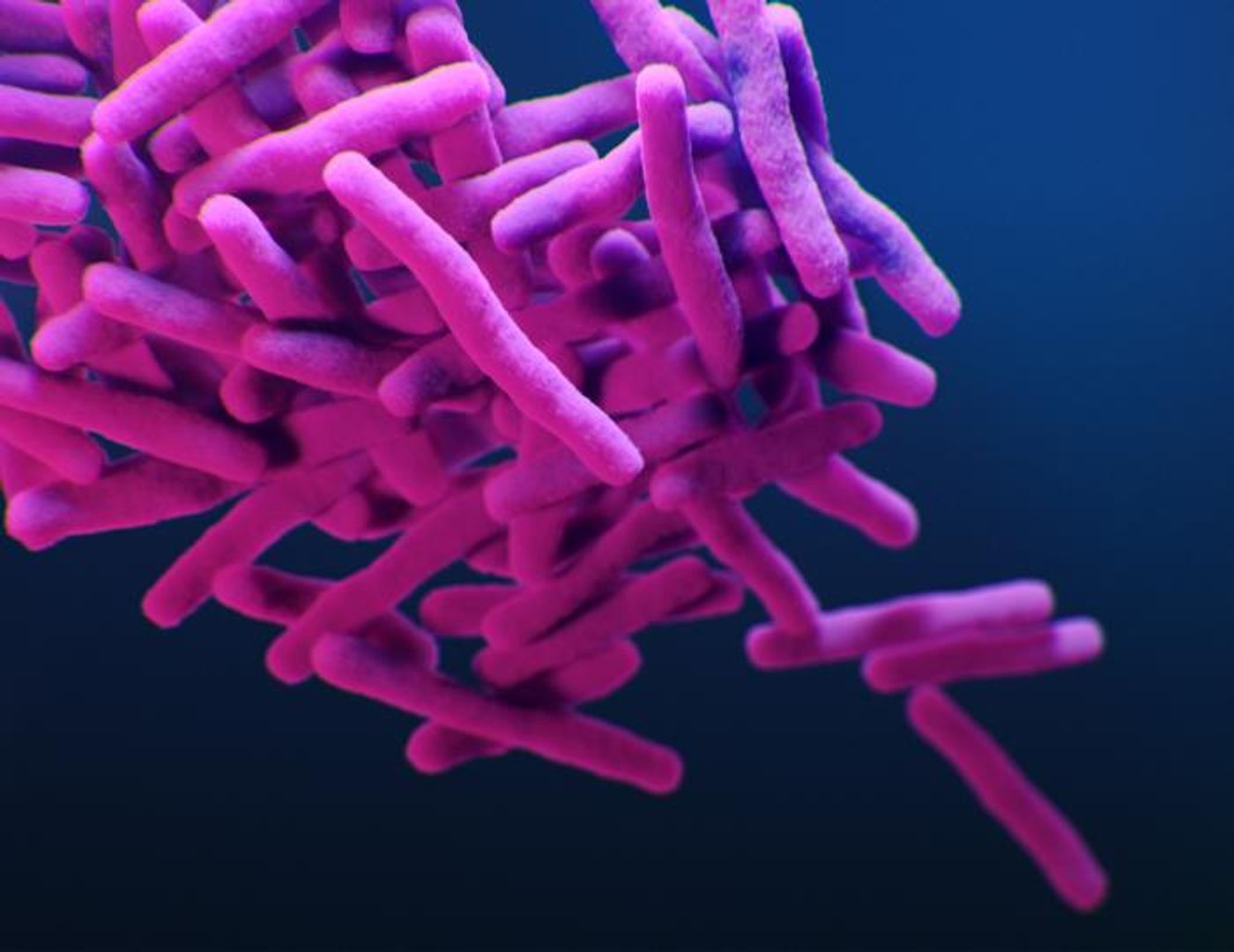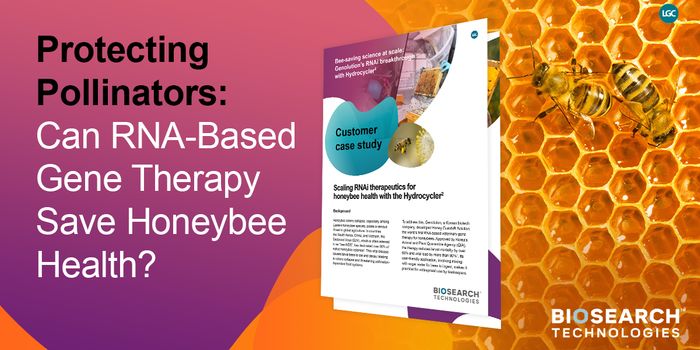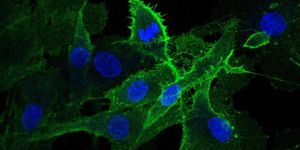An Antioxidant Found in Green Tea Can Fight Tuberculosis
In 2018, around ten million people around the globe were sickened by tuberculosis (TB) and about 1.5 million people were killed by tuberculosis (TB). The disease is caused by a bacterium called Mycobacterium tuberculosis, which tends to affect the lungs. While the incidence of the disease is falling according to the World Health Organization, drug-resistant TB is becoming a problem. The infection is spread easily because when an infected individual sneezes, coughs or spits, they send TB-causing germs into the air. Only a few of those germs have to be inhaled for another person to get sick.
Researchers at Nanyang Technological University, Singapore (NTU Singapore) have discovered that an antioxidant called epigallocatechin gallate (EGCG), which is found in the green tea plant, can inhibit the growth of the bacterium that causes TB. Led by NTU Professor Gerhard Grüber, the scientists determined that EGCG binds to an enzyme that helps provide energy to bacterial cells. If EGCG is attached to the enzyme, there is less energy for critical processes that contribute to the stability and growth of this bacterial pathogen.
Published in Scientific Reports, the researchers have also found the places on the enzyme where the EGCG compound binds and dampens energy production. This work could help in the development of drugs to combat the deadly disease.
"Though tuberculosis is curable, the success of current drugs on the market is increasingly being overshadowed by the bacteria's clinical resistance," Grüber noted. "Our discovery of the EGCG's ability to inhibit the growth of M. tuberculosis will allow us to look at how we can improve the potency of this compound in green tea, and other similar compounds, to develop new drugs to tackle this airborne disease."
A strong cell wall holds its contents inside and is vital to the survival of a cell. Cells need a lot of energy to build that wall, and ATP is a crucial source of cellular energy for that and many other critical functions. The enzyme that creates ATP is called ATP synthase; without the enzyme, a cell will eventually die.
The researchers wanted to know how to disrupt the bacterial ATP synthase to limit energy. They found that if ATP synthase was genetically altered in two microbes that are similar to M. tuberculosis, called Mycobacterium smegmatis and Mycobacterium bovis, cell growth was slowed and their shape was altered.
Next, the team looked for molecules that could potentially bind to ATP synthase to disrupt its activity, and analyzed their efficacy. The best candidate they identified was EGCG, which is a natural antioxidant found in large amounts in green tea. It was able to lower the levels of bacterial energy.
Now the scientists want to improve EGCG activity so it's more potent in the fight against the tuberculosis pathogen. Their aim is to defeat multi-drug resistant tuberculosis with a drug cocktail.
Sources: AAAS/Eurekalert! via Nanyang Technological University, Scientific Reports









